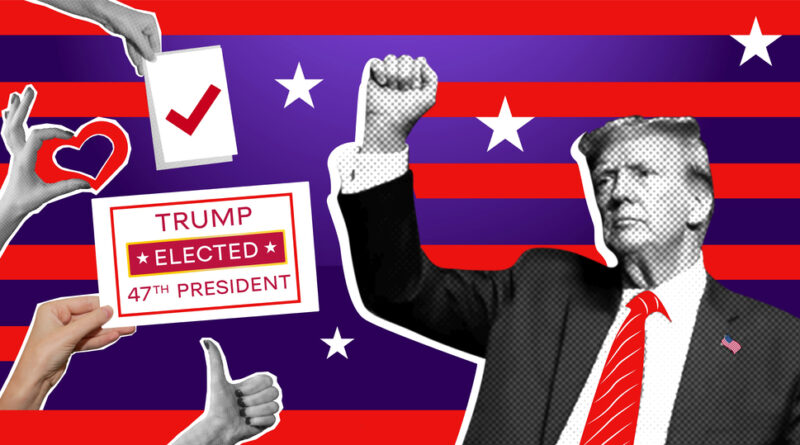Soaring AI Demand Faces New Hurdle: Tariffs Threatening Investment
Artificial intelligence is experiencing a surge in demand as leading tech companies unveil cutting-edge models, but looming tariffs threaten to disrupt the industry’s momentum. Recent announcements from OpenAI, Google, and Elon Musk’s xAI Grok have captured the market’s attention, even as concerns mount over potential trade barriers.
In the past week, OpenAI introduced an advanced image-generation feature that has driven a record-breaking influx of users. CEO Sam Altman noted on social media that ChatGPT added one million users in a single hour, describing the surge as “biblical” due to the unprecedented usage of its new tool. Meanwhile, Google has released what it calls its “most intelligent” AI model, Gemini 2.5, which has received widespread critical acclaim. Elon Musk’s xAI Grok, too, is climbing the iPhone app download charts, positioned closely behind ChatGPT as users flock to explore these latest “reasoning” models.
All three companies report that the demand for their new offerings is so overwhelming that it is straining their data center AI chip capacities. Both OpenAI and xAI rely heavily on Nvidia AI GPUs to power their services, with reports of “high usage” leading to potential service disruptions as more GPUs are added to the data centers.
However, amid this wave of innovation and expansion, a new challenge looms on the horizon: tariffs. President Donald Trump is expected to unveil a series of tariff proposals later Wednesday at the White House that could directly impact the AI industry. The proposed tariffs target specific countries, raw materials, and key sectors, including imported metals and semiconductors.
A potential 25% tariff on copper, for example, would significantly increase the cost of electrical equipment essential for building and maintaining data centers. More alarmingly, Trump has threatened tariffs on chips—potentially as high as 100%—which could drastically reduce the financial resources available for investing in expanding AI infrastructure.
Industry experts warn that these tariffs could hinder American technology companies from scaling up their operations, making it more challenging to compete on a global stage, especially against a rapidly advancing China. Building new factories and expanding production capacities is both time-consuming and capital-intensive, with facilities costing billions of dollars and taking three to four years to become operational. By that time, tariff policies may have shifted, leaving companies in a state of uncertainty that could stall critical investments.
While the promise of AI continues to capture the public’s imagination, the potential imposition of tariffs represents a significant obstacle. The policy uncertainty may lead management teams to delay or even forgo investments in domestic manufacturing, potentially offsetting any short-term benefits that might arise from such tariffs.
As the technology sector braces for what could be a pivotal moment in the global AI race, companies and investors alike are keeping a close eye on the upcoming tariff announcements. In a rapidly evolving industry, one thing is clear: while AI innovation marches forward, external economic policies could well determine the pace and scope of its future growth.
Photo Credit: DepositPhotos.com

